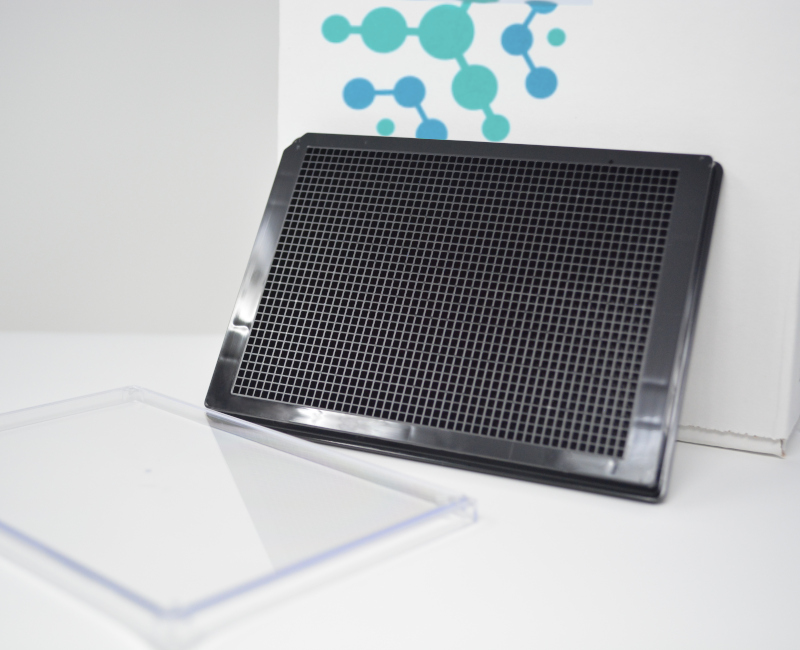
Standardizing 3D Cell Cultures for Greater Clinical Success
Reliable in vitro testing models such as three-dimensional (3D) spheroid cell cultures are needed for successful drug discovery and development. Innovative technologies are standardizing and streamlining these advanced culture systems and supporting the development of more physiologically relevant models.
Two-dimensional (2D) cell culture systems have long been used in basic and applied research and have been instrumental in answering countless fundamental scientific questions. However, the limitations of these systems are becoming increasingly evident, especially in drug discovery and development.
Traditional 2D cell cultures often display different genotypic and phenotypic cell responses than those in the organism they are intended to mimic. While cells in the human body develop into dense tissues, which allow cell-to-cell contacts in every dimension, those growing on a planar surface, like 2D cell cultures, are restricted and can only contact other cells in one dimension.
For preclinical toxicology and clinical safety studies, if the 2D cell cultures do not properly model how a drug would be processed by the human body, seemingly promising drug candidates identified through high-throughput screens will fail once they advance to the animal or human testing phase.
Reliable and representative in vitro assay systems can help to improve the predictability of cell-based assays, thus increasing the success rates of clinical trials. New advances in 3D cell culture methods bring much promise to this area because they allow more realistic cell-to-cell interactions and provide a more accurate representation of the in vivo condition.


